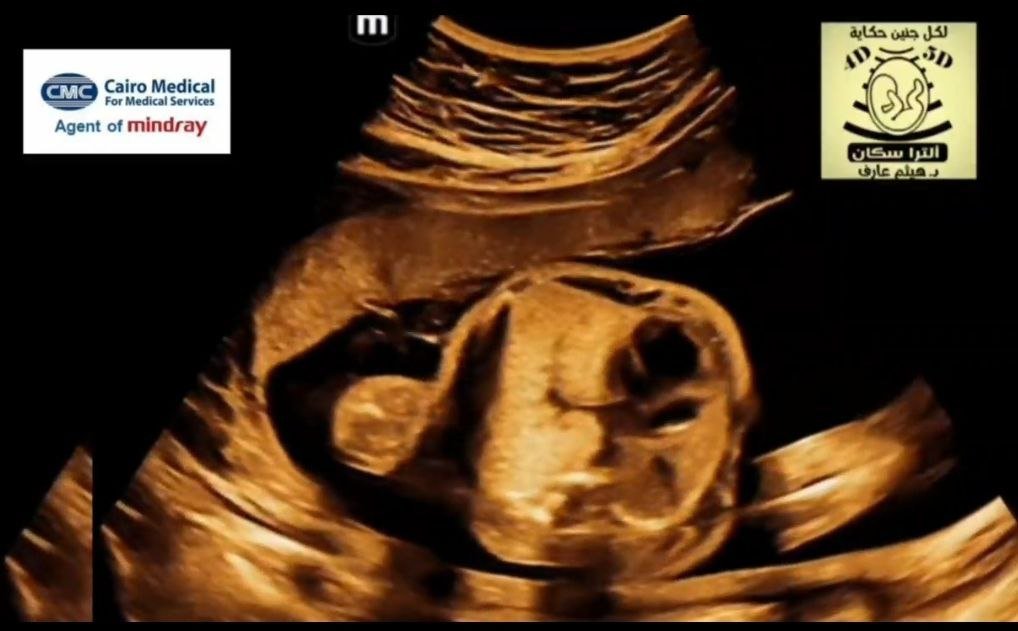CONGENITAL PULMONARY AIRWAY MALFORMATION — CPAM
Congenital Pulmonary Airway Malformation (CPAM), a lung lesion appearing as a bright (echogenic) mass
Unilateral enlarged, echogenic, homogeneous left lung mass with associated mediastinal shift to the right hemithorax.
CONGENITAL PULMONARY AIRWAY MALFORMATION — CPAM!…. The most common fetal lung lesion (~75%); left lower lobe is most commonly afected.
Color doppler US demonstrates a feeding vessel from the Pulmonary artery and not the aorta.

with either small cysts (microcystic) or large cysts (macrocystic). The diagnosis is confirmed by prenatal ultrasound, potentially with a fetal MRI to assess size and location. A cyst volume ratio (CVR) is used to monitor growth, with high CVRs (≥1.6) indicating a risk of heart compression and fetal distress, which may be treated with steroids or in rare cases, a fetal shunt.
How CPAM is diagnosed on ultrasound:
Appearance: A bright (echogenic) mass is seen in the fetal chest where lung tissue should be.
Cyst types:
Microcystic: Consists of numerous small cysts.
Macrocystic: Contains larger, more visible cysts.
Other findings: The heart may be displaced from its normal position due to the size of the mass.
Monitoring and management during pregnancy:
Monitoring: CPAMs typically grow until about 28 weeks of gestation, then stabilize or even shrink.
Cyst Volume Ratio (CVR): This measurement is used to assess the risk of complications. A CVR of less than 1.6 is often associated with asymptomatic outcomes, while a CVR of 1.6 or greater suggests a higher risk of complications.
Treatment: Steroids may be given to the mother to help shrink the CPAM, particularly if it’s large or microcystic.
Surgical intervention: In cases of severe heart compression or fetal hydrops, a shunt might be placed to drain fluid from the cysts.

